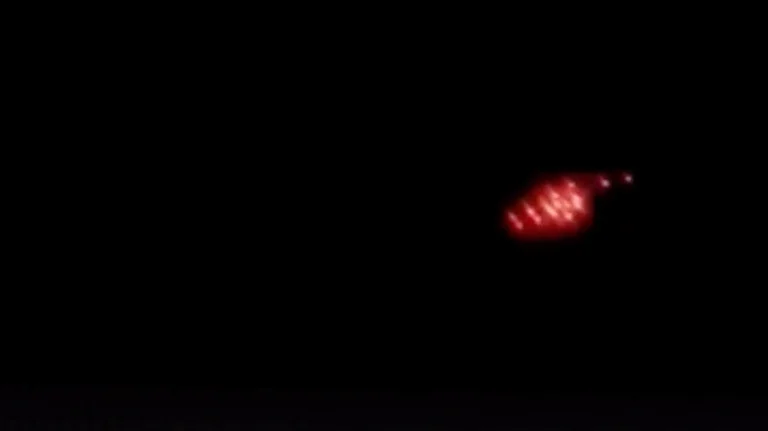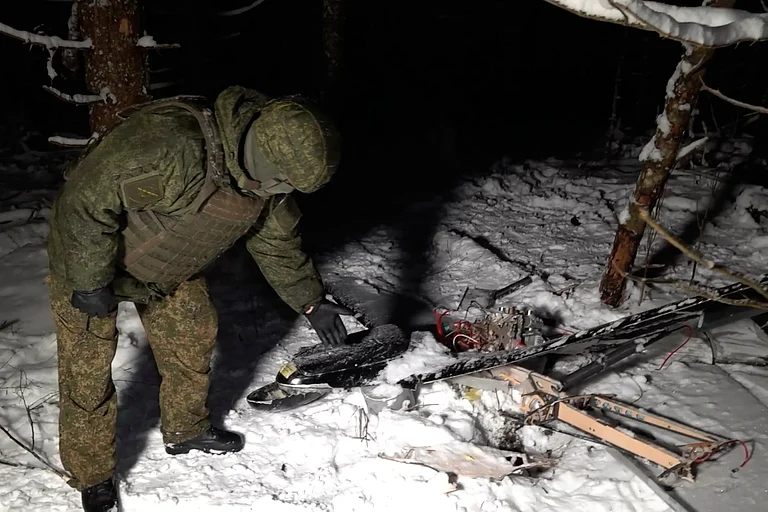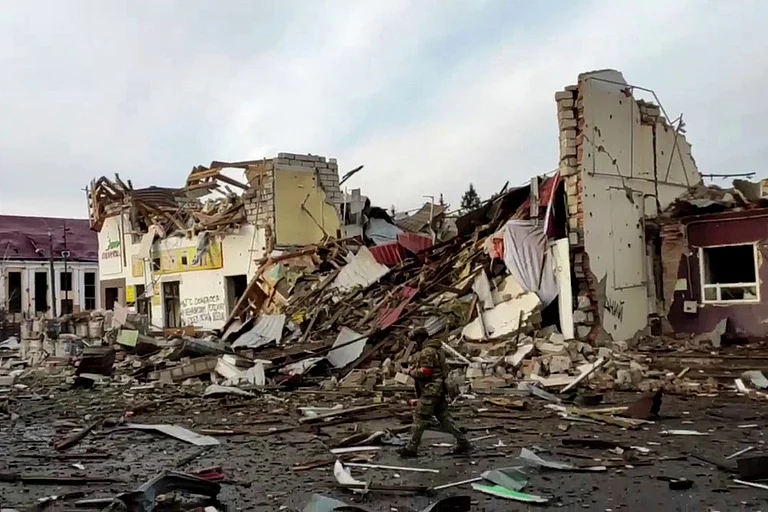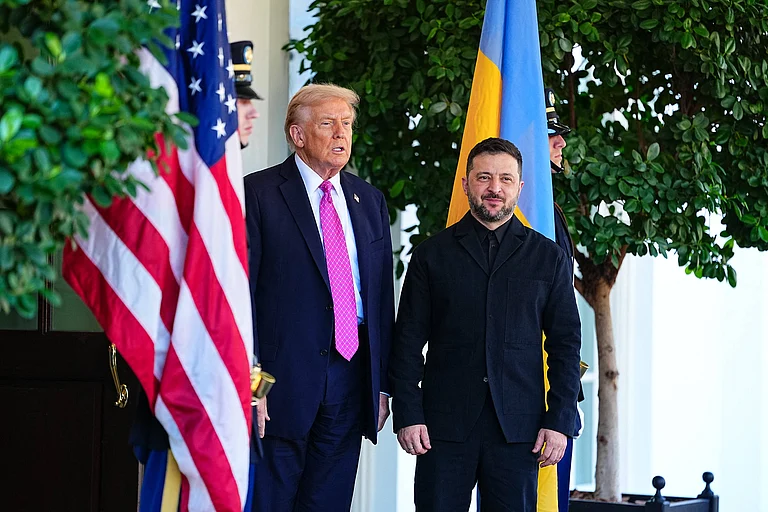Haryana Police using drones to drop tear gas shells on farmers protesting at the Shambhu border raises significant legal and ethical concerns. International human rights standards emphasise the necessity of proportionality and legality in the use of force by law enforcement. Employing tear gas through drones in a crowd control scenario may potentially violate these principles. Amnesty International condemned the repression of protesters and the use of drones to drop tear gas canisters. “Tear gas grenades should not be dispensed through drones, as they may expose protesters to excessive quantities of chemicals and cause panic and disorientation and prevent protesters from identifying the best route to disperse,” says Amnesty in a statement released yesterday. The human rights watchdog urged the authorities to stop crushing peaceful dissent and remove all the unnecessary restrictions that hinder peaceful protests, including blanket bans and internet shutdowns.
However, the Haryana Police’s action using drones against protesters is not the first in India, according to media reports. It has been alleged that drones have been used multiple times in Bastar in Chatisgarh for aerial attacks on Adivasis to curb Maoist insurgency. According to Counter Currents, drone bombings occurred in Bastar four times since 2020 till the latest incident reported on 7th April 2023.
Even the legality of using drones on people for surveillance is under question. The Union and many state governments were often blamed for the indiscriminate use of drones for surveillance over the past few years particularly since the pandemic. The Delhi Police, in response to an RTI request, admitted that it has used drones hired from open market during Delhi Assembly election and the subsequent Delhi riots in February 2020. Drones were also used for surveillance on the day of the inauguration of Ram Temple in Ayodhya this January to identify potential protesters. The police in various states used drones to monitor lockdown violations during the pandemic period which often triggered debates over the violation of privacy and the indiscriminate manner of data collection without informed consent.
The use of drones was regulated by the Aircraft Act 1934 until being replaced by the Unmanned Aircraft System Rules 2021. This new law had adequate measures to ensure the privacy of the person – the drone operator had to follow a set of obligations to ensure the privacy and security of the person/s while on operation. Unmanned Aircraft System Rules were replaced by the Drones Rules 2021 which did not have the provisions safeguarding the privacy of the people subjected to drone surveillance. The risk of widespread and indiscriminate data collection by drones while being used for law and order regulation has been a matter of grave concern for human rights defenders, yet remains unaddressed by lawmakers.
UN Special Rapporteur on the promotion and protection of human rights and fundamental freedoms while countering terrorism, stipulates that the use of drones domestically in law enforcement contexts, including the protection of critical infrastructure, must fully comply with States’ obligations under international human rights law, including respect for the rights to life, privacy, freedom of expression, and freedom of association.
The drones used by Haryana Police at the ongoing farmers’ protest are manufactured by the Drone Imaging and Information Service of Haryana Limited (DRIISHYA), a public limited company incorporated in 2021. According to a press release issued on April 4, 2023, by the state government, the drones are designed for “surveying infrastructure projects, monitoring of agriculture and horticulture crops, and surveillance of sensitive areas for security purposes”.


























